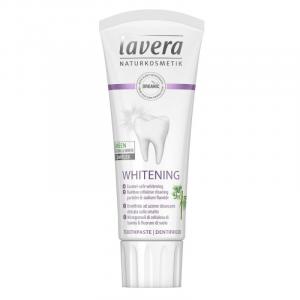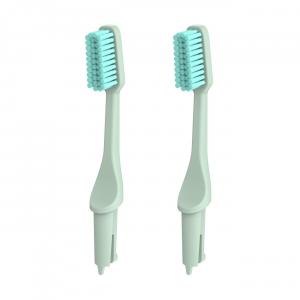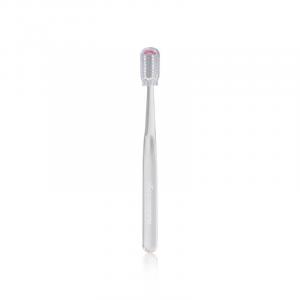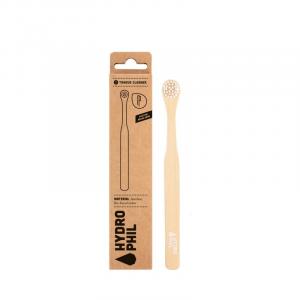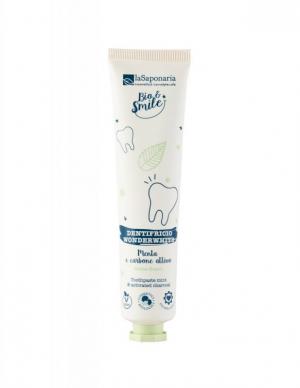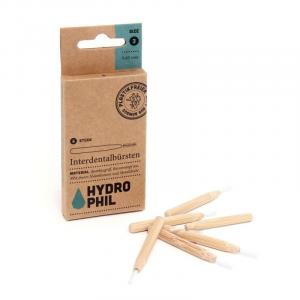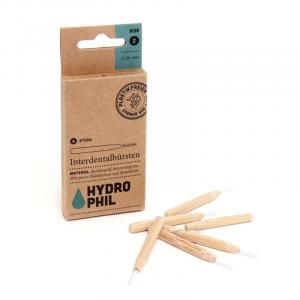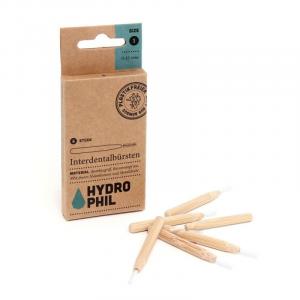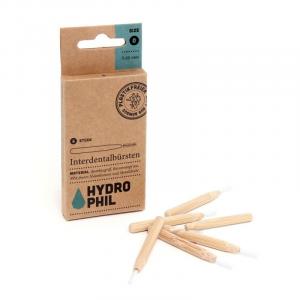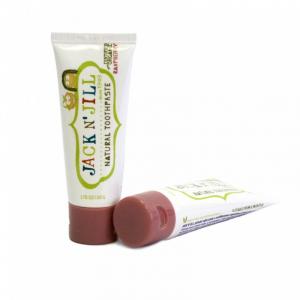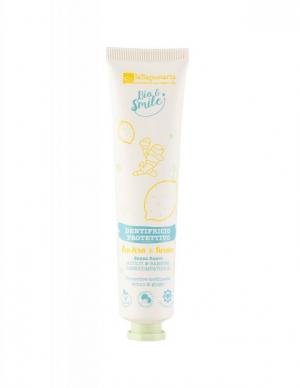
How to Properly Clean Your Teeth with an Interdental Brush
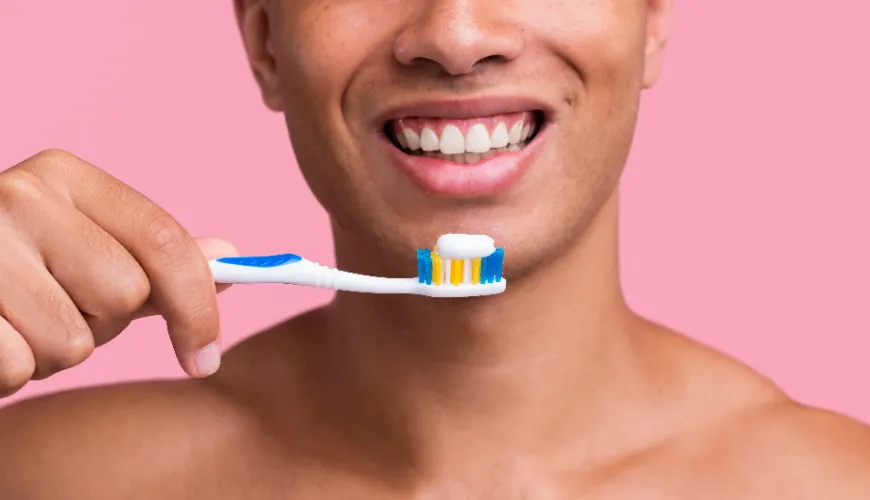
How to Use an Interdental Brush
Oral hygiene care is much more than just a quick brush in the morning and evening. Proper habits and the use of appropriate tools can significantly impact the health of not only your teeth but also your gums and overall oral health. One of these essential tools is the interdental brush. In this article, we will delve into how to properly use an interdental brush, what to do in case of tooth pain after cleaning with an interdental brush, and how to effectively clean your teeth with it for the best results.
Why is an Interdental Brush Essential for Oral Hygiene?
Interdental spaces, or the gaps between individual teeth, are often overlooked in regular tooth brushing. While a classic toothbrush is excellent for cleaning the tooth surface and gums, its bristles do not reach into the narrow interdental spaces. It is in these spaces where food residues and bacteria frequently accumulate, which can lead to tooth decay, gum inflammation, or even periodontitis.
Using an interdental brush is a simple yet effective way to minimize these risks. Regular cleaning with an interdental brush removes debris and plaque that might otherwise remain in these hard-to-reach areas. The health of your teeth and gums will thus be better protected from common problems that can lead to pain, inflammation, and other complications.
Try our natural products
How to Properly Clean Your Teeth with an Interdental Brush?
Using an interdental brush is not difficult, but it requires the right technique, which is key to achieving the best results. Start by choosing the correct size of the interdental brush. Size is important because the brush should be thin enough to fit between the teeth but sturdy enough to effectively remove plaque and debris. Most manufacturers offer brushes in various sizes, so you can choose the one that best suits your needs.
When cleaning, gently insert the interdental brush into the interdental space. Do not use excessive force to avoid injuring the gums or causing discomfort. Move the brush back and forth several times to remove all debris. Repeat the process for all interdental spaces, ideally after regular tooth brushing.
If you feel resistance or pain while cleaning, it is possible that you are using the wrong size brush. In that case, try a different size or consult your dentist. The correct size is crucial for effective and comfortable cleaning.
Try our natural products
What to Do If You Experience Tooth Pain After Using an Interdental Brush?
Some people may experience tooth pain or gum sensitivity when using an interdental brush. This phenomenon can be caused by several factors, such as incorrect cleaning technique, excessive force when inserting the brush, or using an inappropriate brush size.
If you encounter tooth pain after cleaning with an interdental brush, it is important to check whether you are using the correct technique and appropriate brush size. The pain might also be due to the fact that you have just started using an interdental brush, and your gums are not yet accustomed to the new routine. In such a case, sensitivity should subside within a few days.
If the pain persists or worsens, it is advisable to consult a dentist. Pain may be a sign of a problem that requires professional care, such as gum inflammation or tooth enamel damage.
Try our natural products
How Often Should You Use an Interdental Brush?
Cleaning with an interdental brush should be a regular part of your daily oral hygiene. Ideally, use an interdental brush every evening after regular tooth brushing. This ensures that all food residues and bacteria are thoroughly removed before you go to bed. By regularly using an interdental brush, you will develop a healthy habit that will help keep your teeth and gums in optimal condition.
When replacing an interdental brush, ensure that its bristles are not too worn out. A worn brush may not be as effective, and its use can lead to discomfort or insufficient cleaning of interdental spaces.
Try our natural products
An interdental brush is a simple yet effective tool that can significantly contribute to the overall health of your teeth and gums. Proper use of an interdental brush can prevent tooth pain, gum inflammation, and other oral problems that may result from inadequate care of interdental spaces.
Remember, oral hygiene is a comprehensive process that requires more than just regular tooth brushing. By including an interdental brush in your daily routine, you take an important step toward maintaining healthy teeth and gums for many years. If you adhere to the correct technique and consistency, your oral hygiene will significantly improve, and you can enjoy clean and healthy teeth without unnecessary problems.
